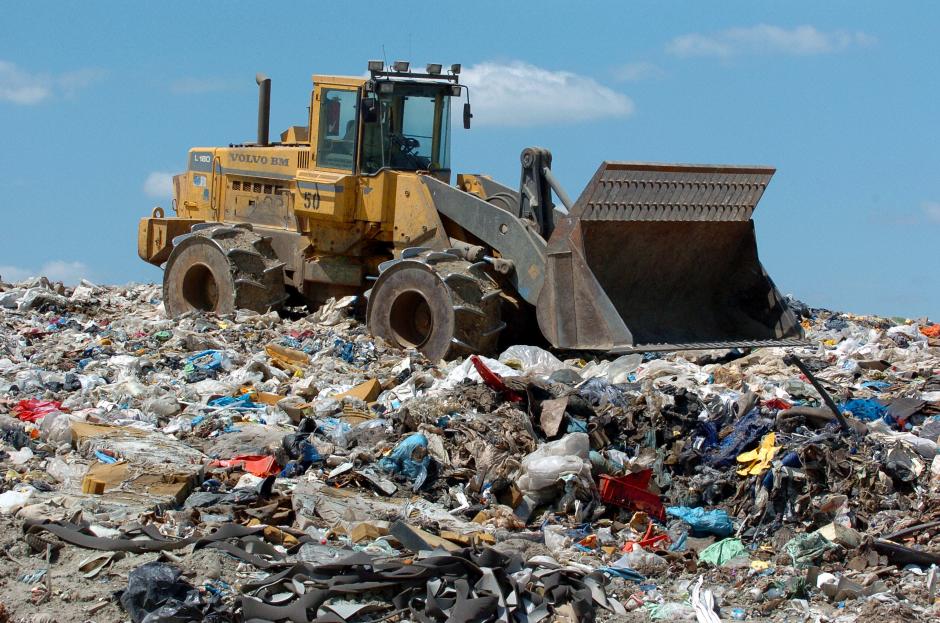Panaji (Goa): Three years after 300-odd teachers were educated on the solid waste management, the education department has decided to inculcate the ‘best practices of waste disposal’ among the students.
For this, the department has instructed the institutions to segregate the dry and wet waste under which, dry waste should be further segregated into four fractions. “The four way segregated dry waste should then be handed over to the respective local body or the Goa Waste Management Corporation. Wet waste should be processed by the schools in their respective premises by composting or generating biogas,” reads an order by Education Director Gajanan Bhat.
The e-waste, on the other hand, should be stored separately in a secured manner to ensure there is no breakage of the equipment particularly tubelights and bulbs.
To ensure a successful exercise, the department has directed that a nodal teacher as well as a waste management cell be appointed – with teachers, students, parents and non teaching staff of the school – to ensure ownership and sustainability of waste management in the institution.
The education department has also released a colourful poster titled ‘Be A Waste Warrior’ explains with pictures on which wastes are recyclable and which are not.
In a category about facts, the officials have mentioned that generating more than 400 tons of garbage per days is equivalent to 400 classrooms full of garbage per day. This information is shared to make the students aware not to litre garbage and instead segregate and dump in categorized bins. It says that 85 percent of waste can be recycled.
“When we carelessly generate mixed waste, a toxic liquid called ‘leachate’ leaks out of it. This liquid is dangerous to humans and environment. Leachate is polluting our drinking water too. The burning of plastics generate dangerous gaseous substance such as ‘dioxins’ and ‘furan.’ They can cause diseases like cancer. So burning of plastic is bad for our health and is illegal too,” it says.
The message to students also mentions that dumping of waste either on land or water bodies is dangerous to thousands of animals and marine life who die due to this.
The students have also been informed that one need not depend on local bodies to collect the waste, as it can directly be given to a recycler.
Education officials said that the aim to create awareness among students is not only they would practice the good habit at home but will also teach their family and others to not liter the surrounding.
Way back in 2015, then Chief Minister Laxmikant Parsekar had released a 12-page ‘Teacher’s Manual on Solid Waste Management’ spelling out details on the different types of waste generated and explained the present collection mechanism for non-biodegradable waste in the state. The manual provides teachers and principals with a blueprint to make their campus a zero waste campus and suggested a four-step segregation of waste, recycling programmes, the formation of waste clubs to lead waste management in the school, organizing a garbage trip, composting wet waste, cleanliness drives, visits to a baling station, starting kitchen gardens, organizing wealth from waste competitions and avoiding the use of disposables during functions and in canteens. Around 300 teachers were invited to Kala Academy for a talk by the waste management officials then. He government had also distributed four bins to each schools.
The waste generated in each school should be segregated like this..
|
Wet waste |
Dry waste to be segregated in four fractions |
|||
|
Food waste, kitchen waste, leaves, etc |
Paper and cardboard |
plastic |
Glass and metal |
Non recyclable |



























